
Two views of a common mestra, Mestra amymone, near Slaughter Creek in South Austin
Partial ventral view of the mestra's wings

Dorsal view

Variegated meadowhawk, Sympetrum corruptum, also near Slaughter Creek

Click photos to enlarge




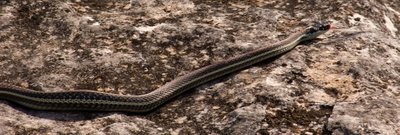






The news reached Democrats working on the military commissions bill in the Senate cloakroom the morning of Sept. 27. Sen. Arlen Specter (R-Pa.), a sponsor of two amendments giving detainees a right to challenge their detention or treatment in federal court, had decided to bring the more extreme amendment to a vote...
On the detainee bill, Frist had make clear his desire to ensure that no amendment passed, spokeswoman Amy Call said. She said “we were worried about both” of Specter’s amendments. The more extreme version would have deleted the bill’s suspension of habeas corpus rights. The less extreme alternative, which Specter co-sponsored with Sens. Patrick J. Leahy (D-Vt.) and Gordon Smith (R.-N.H.), would have allowed detainees to file a single habeas corpus petition after a year of detention.
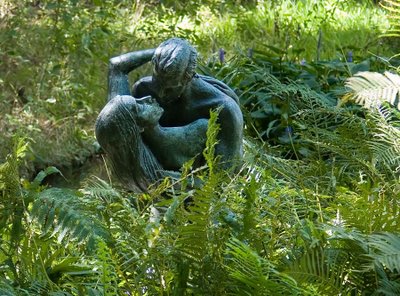
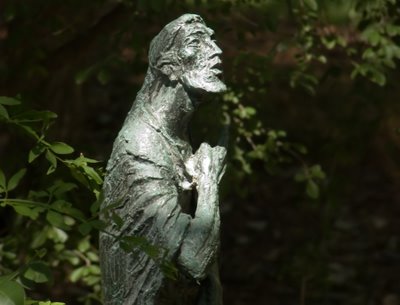

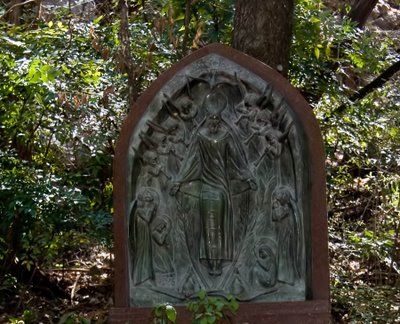
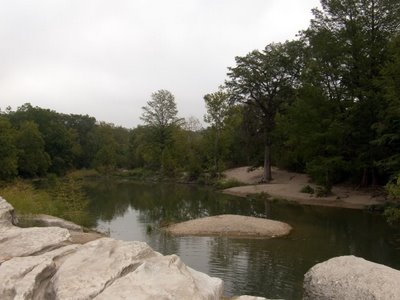


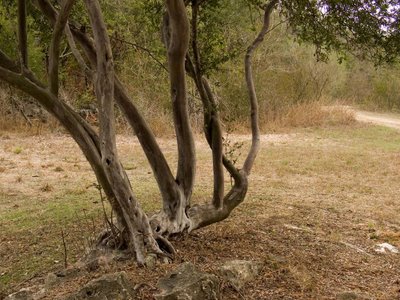
If Eve has helped me rediscover my childhood, Anna helped me rediscover my teenage years. She has a yearning to travel that I felt so strongly. "Mom, I just have to go somewhere." she would say, and I can remember saying it in that exact tone of voice with those exact words at exactly the same age. When I said it, at the age of sixteen, my parents, very wisely, found a Church of Christ missionary family, fundamentalists named Mr. and Mrs. Smith who were willing to let me come stay with them on Hacienda Huantepec in the small town of Pabellón, Aguascalientes, in Mexico. I was to teach their children and help with the driving. I had just graduated from high school and I wanted to be on my own so much that I was on the verge of running away.
I took the bus by myself and found the granja [farm], where they lent out their bull for breeding. I'm sure they performed other Christian services, but this was the most popular request. I dutifully drove a large truck with a bellowing bull to remote areas in the state, with Mr. Smith sitting beside me. Mrs. Smith stayed home with the children. It seemed a perfectly normal thing for a sixteen year girl old to be doing. On one occasion, it rained hard and we got stuck in the mud, Mr. Smith put rocks under the rear wheel, the bull bellowed and I gunned it and moved back and forth until I got us out. We moved forward through a rock bed creek after the road ended. We arrived as the sun came out into a place that I have, to this day, not been able to find on a map. The people were there to greet us, lined up in a row with English hymnals in their hand, left by a missionary who had visited them thirty years before. The hymnals were worn and they sang "a Mighty Fortress is our God" in strangely accented English as we walked up the slope with Mr. Smith bringing the bull and me following.



